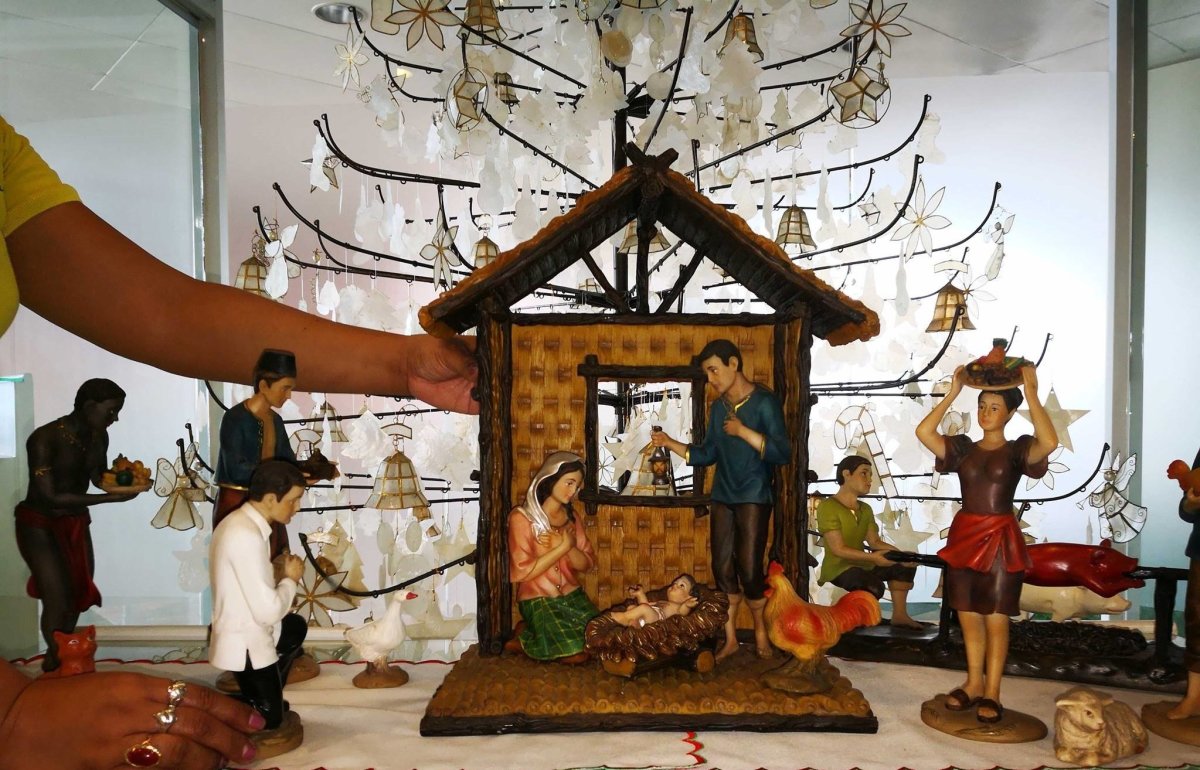Common Filipino Traditional Games: Larong Pinoy

5 of The Most Common Native Filipino Games
LARONG PINOY OR LARONG LAHI is considered a part of the many Filipino traditions. Filipinos of the early days inherited games from the Chinese, the Japanese and the Spaniards. These games, with a little Filipino innovation took part in every Filipino kid. While some of the games are known to be truly Filipino in origin,a few of them are believed to have been born out of the Filipinos resourcefulness. During those times, the kids did not only inherit but also made some modifications. Historians believed that these games were not just made to tailor-fit the kids but also because early Filipinos didn't have the materials available. That's why they ended up using native resources.
Along with the rapid advancement of technology is the slow deterioration of these traditional games. I grew up playing with these and I know a lot of Filipino kids did enjoy also. These games became a weekend thing for kids during school breaks,and sometimes after class hours.
There are numerous traditional Filipino games played all over the country but there are these five which most of the kids in our locality play until now.
- PATINTERO This is also called"Tubigan" or "Tubig-tubig" in Cebuano.
- The rule of this game is to cross the line successfully without letting your opponnent to touch you or get hold of you.There are two teams made up of 5 members each. One of the team member will guard the first line-which is a horizontal line- and will be designated as the captain. The rest of the players of the opposing team will guard the rest of the 4 lines next to the captain's. The goal is to try for a 'home run" passing each guarding opponent score.
- CHINESE GARTER
- There is no really definite explanation why this game is named as such. One thing that's true is that we inherited this from the Chinese. For this game, two players will hold both ends of the garter horizontally. Garters come with variety of colors which makes these attractive to kids. This game can be played individually or by teams in which players will take turns. The rule is to cross the garter. Either you jump or leap as long as you cross without tripping or scoring a what we call "touch" on the garter. Any player committs this will lose a turn. The level starts from the ankle and goes higher each round reaching the head level as the climax of the game. To successfully cross the final level,kids do cartwheel but only if you can. The goal is to get each player of the team to cross in all levels.
- SLIPPER GAME
- This game is mostly played in Cebu. As the name suggests,it involves slippers. This is played by two teams with 5 to 6 members. The game needs 4 bases and one center base for the pitcher. It resembles football when it comes to its rules. The rest of the opposing group will act as catchers. For the rules, every player will take turn in kicking the slipper as far as you can to run and reach a base. If lucky enough, one can score a "home run" just like in football. If the catcher gets it then the member will loose a turn.
- TAGUAN "PIYONGANAY" in Cebu or "HIDE and SEEK"
- When we were kids we love to play this during sunset becauseit makes the game more challenging. This is a very familiar and the most popular game for the kids. This is just the usual "hide and seek" which means the rules are also similar
- PIKO This is referred to as "HOPSCOTCH" in English but with a Filipino variation of course.
-
This is played inside a big box with smaller boxes inside of it. The player will throw a cue stone or toss a coin on who's going to play first. The player then starts to hop his or her way, passing each smaller box, avoiding to trip or step on the lines. If one does so,he or she will loose a turn. Once the player reaches the the other end,h/she will then turn facing away from the box,close his or her eyes and toss a cue stone. Which ever of the smaller boxes in which the cue stone lands,it will become the player's home. The player can choose to draw something or write his or her name on it. whoever occupies most of the smaller boxes will win.
LARONG PINOY has defined each Filipino kid. I still prefer these games than online games which are very popular nowadays. The Philippine government is doing their part on promoting these games for the new generation of kids to be aware of. Hopefully these games will live on.
Additonal Information
Cebuano is a dialect used in Cebu which is a major city in central Philippines.








